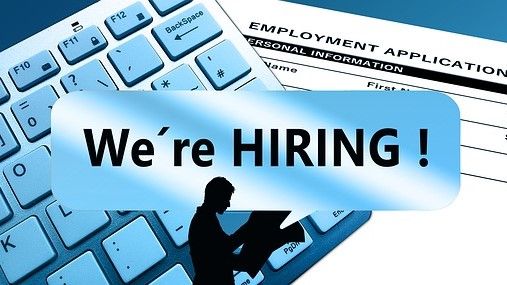
The number of hires reported for the month was in excess of 200,000, which left some 20,000 jobs unfilled. The good news in the job market shows that the country’s economy is exhibiting plenty of vigor. In many industries, the addition of jobs has been accompanied by rising salaries.
The plentitude of jobs was attributed in large part to the retail marketing industry, which added 31,000 jobs to the total. Health care hirers accounted for 29,000, construction firms added 25,000 workers and manufacturers took on 18,000.
Economists were surprised by the healthy increases in construction and manufacturing, two areas of the economy that have complained most about worker shortages.
Although some job sectors saw improved worker pay, the big raises that were anticipated have not materialized. But wages are rising gradually. Hourly pay rose by 8 cents, to $28.92 an hour, in May, making the 12-month increase 2.7 percent.
The current economic expansion could become the longest ever if the indicators continue to show improvement for another year.
Some companies have offered higher pay and benefits, are providing training and established partnerships with vocational schools to widen the potential employee pool. In some instances, restrictions on felons have been relaxed.
If pay isn’t increasing as much as workers would like, they at least can rejoice in a slow inflation rate. The Fed has not been prone to increase the prime interest rate, which means people wanting to buy a new home or car are not affected by rising commercial interest rates. It is expected now that the Fed will only bump up the rate a small amount this year, unless there is a dramatic upturn in inflation.
The rosy May report is not expected to nosedive when the June figures come out, the gurus are guessing.